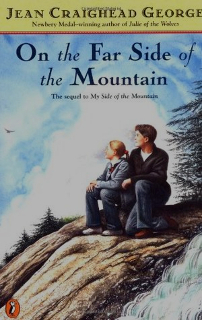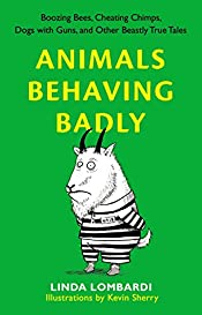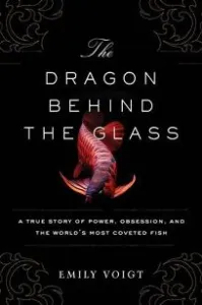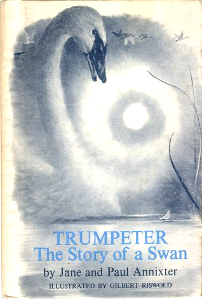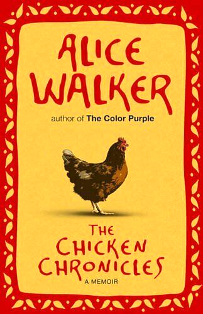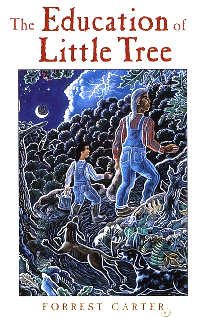Based on the author’s real life experiences, this book is about a young man who returns to Africa after thirteen years away, to do conservation and volunteer work in wildlife parks. He travels down the Zulu river by canoe, assists at a wildlife rehabilitation center, and visits a game reserve in Kruger National Park. There are lots of encounters with wildlife- the larger and more dangerous ones like crocodiles, lions, hippos, rhinoceros, elephant, etc are particularly mentioned. Camraderie with his fellow volunteers is highlighted, while the narrator muses on how his first stay in Africa (those thirteen years ago) was soured by disagreements and teasing from his prior companions. Due to the awkwardness of his interactions and his near-encyclopaedic knowledge of animals, I did wonder if he was on the autism spectrum. The writing isn’t great. It feels flat, there’s lots of info dumping (though thankfully in short bursts) that feels like it’s supposed to be a part of conversations people naturally had, but is just a bit too forced. The dialog feels stiff and unnatural, it could easily be a record of what people actually said in real life, but it just doesn’t read well in a book. Too much is told, not shown- things I would love to see described in detail are simply mentioned in a single sentence and then the narrative quickly moves on.
I really struggled to finish this one. I wanted so much to like the content, but the execution was dull. There’s a slow love story in here, but I felt nothing about it at all. There are several chapters about a dangerous close encounter with man-eating lions, but it didn’t feel dramatic, tense or emotional to me, even though people were in fear for their lives. Doesn’t help to find a few typos, which always leap out at me. I did appreciate that as the book is very recent, some of the animal facts were new to me, all felt relevant especially the warnings on how many species are threatened or endangered, and the very real struggles of local and native people in South Africa to make a living and better their lives, while the wildlife eats their livestock or ruins their crops.
I received my copy from the Early Reviewers program on LibraryThing, as an e-book.


